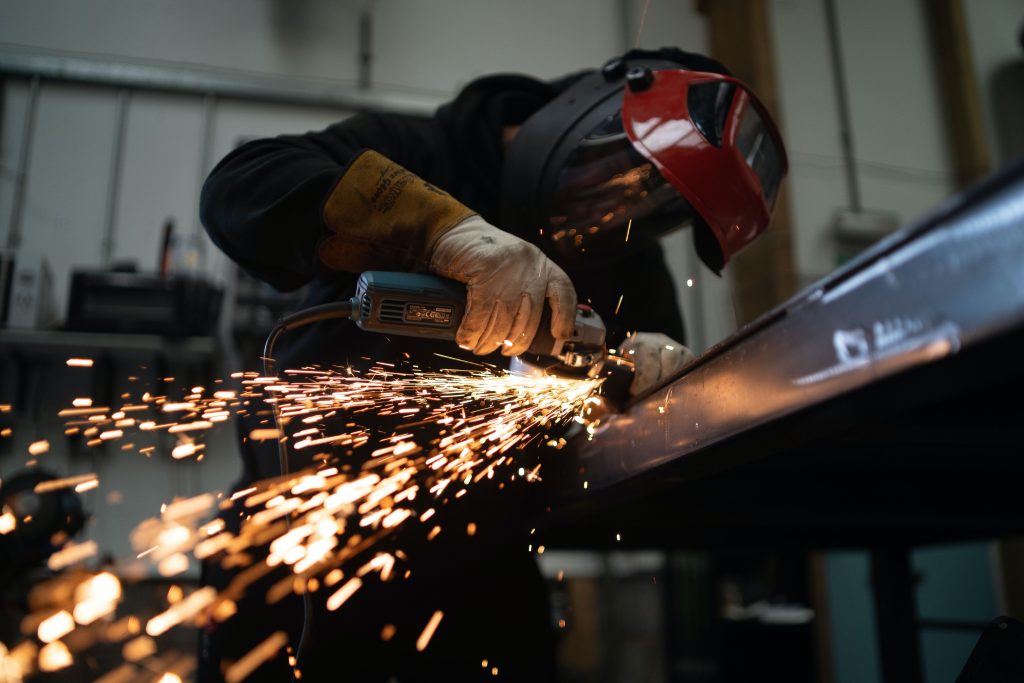Economy

ISM: Manufacturing activity contracts further in May
Written by David Schollaert
June 3, 2024
US manufacturing activity contracted in May for the second month in a row, according to the latest report from the Institute for Supply Management (ISM). After a brief expansion in March, ISM’s manufacturing index has since returned to contraction, where the manufacturing sector has been for 18 of the last 19 months.
The ISM Manufacturing PMI fell to 48.7% in May, a drop of 0.5 percentage points from April’s reading of 49.2%. A reading above 50 indicates the manufacturing economy is growing, while a reading below 50 indicates contraction.
However, ISM said the overall economy expanded for the 49th straight month in April after one month of contraction in April 2020. The institute added that a manufacturing PMI above 42.5%, over time, usually indicates the overall economy is expanding.
“Demand remains elusive as companies demonstrate an unwillingness to invest due to current monetary policy and other conditions,” ISM chair Timothy R. Fiore said in a statement. “These investments include supplier order commitments, inventory building, and capital expenditures.
“Production execution continued to expand but was essentially flat compared to the previous month,” Fiore added.
Of the 16 manufacturing industries tracked, ISM said seven reported growth in May while another seven reported contraction. Primary metals and fabricated metal products were identified as industries in expansion.
Steel market comments
The report includes comments from survey respondents. A fabricated metal products executive expressed easing business conditions, commenting, “Export shipments continue to be soft as capital equipment sales remain lower than forecast. As a result, production is also trending lower and inventory that is not able to be pushed out is growing.”
Another primary metals respondent noted his concerns regarding weakening prices and continued economic headwinds, remarking, “General concern about overall industry economics. Pricing weakness continues, and we anticipate more headwinds in the coming months for spot orders and inflation. Contract order book remains steady.”

David Schollaert
Read more from David SchollaertLatest in Economy

New York state manufacturing index drops again in April
Firms were pessimistic, with the future general business conditions index falling to its second lowest reading in the more than 20-year history of the survey

Construction adds 13,000 jobs in March
The construction sector added 13,000 jobs, seasonally adjusted, in March, but tariffs could undermine the industry.

Supply chains, end-users brace for impact from tariffs
Supply chains are working through what the tariffs mean for them

ISM: Manufacturing expansion loses steam after two months of growth
US manufacturing activity slowed in March after two straight months of expansion, according to supply executives contributing to the Institute for Supply Management (ISM)’s latest report.

Chicago Business Barometer rose to 16-month high in March
The Chicago Business Barometer increased for the third-consecutive month in March. Despite this, it still reflects contracting business conditions, as it has since December 2023.
